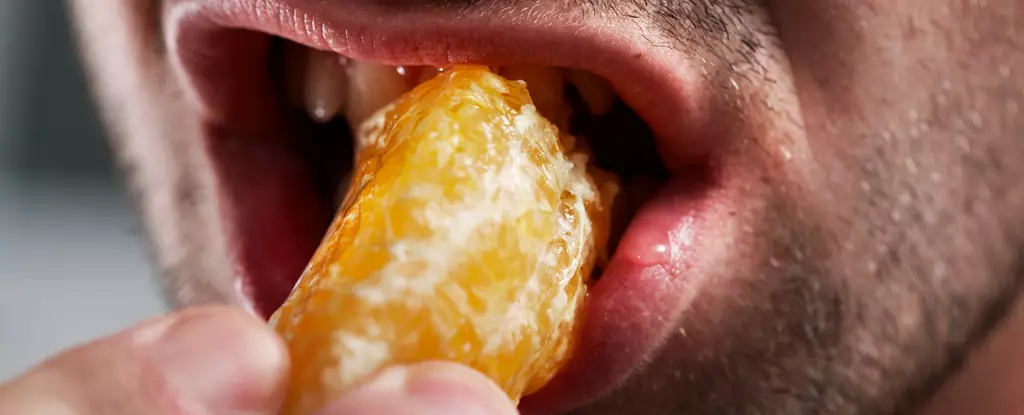Misophonia, a condition characterized by extreme emotional reactions to specific sounds, is gaining recognition in the psychological landscape as more individuals come forward to share their experiences. Although the discomfort of hearing nails scraping on a chalkboard is a universally relatable sentiment, those with misophonia endure a heightened level of distress triggered by sounds such as slurping, snoring, or even the mundane act of chewing. A groundbreaking survey conducted in 2023 indicates that misophonia might be more widespread than previously acknowledged, challenging the stigma often surrounding mental health conditions.
Research spearheaded by a team at the University of Amsterdam has highlighted a connection between misophonia and genetic predispositions to various psychiatric disorders, affirming suspicions that this condition may not originate in isolation but rather as part of a broader psychological framework.
The study led by psychiatrist Dirk Smit and his collaborators utilized expansive genetic databases, including the Psychiatric Genomics Consortium, UK Biobank, and 23andMe, to establish a link between misophonia and psychiatric symptoms commonly associated with anxiety, depression, and post-traumatic stress disorder (PTSD). The remarkable aspect of this research is its identification of genetic markers that not only correlate with misophonia but also stand in association with other conditions like tinnitus. This connection becomes particularly compelling when considering patients suffering from tinnitus; these individuals often grapple with similar experiences of psychological distress.
Smit suggests that individuals genetically predisposed to PTSD may also be more vulnerable to misophonia, hinting at a potential shared neurobiological basis that governs emotional reactions. This revelation opens the door to exploring treatment methodologies that have historically been used for PTSD as possible avenues for alleviating the impacts of misophonia, which could revolutionize therapeutic strategies.
Examining the emotional spectrum of reactions to triggering sounds reveals another layer to misophonia’s complexity. Individuals often experience a range of feelings from mild irritation to profound distress that can disrupt their everyday activities. Particularly interesting is the finding that those who experience misophonia are inclined to internalize their emotional turmoil, wrestling with guilt and worry as fundamental components of their experience.
The nuances of this psychological profile merit attention, as the research suggests that the distress experienced due to misophonia may stem more from internal conflict—such as feelings of guilt surrounding their irritation—than from outward expressions of anger. This understanding necessitates a reevaluation of how we view misophonia and its relationship with broader psychological issues.
Interestingly, the study touches on the relationship between misophonia and autism spectrum disorder (ASD). Contrary to expectations that individuals with ASD, who typically exhibit lower tolerance to various auditory stimuli, would also experience higher rates of misophonia, the findings reveal a surprising independence between these two conditions in terms of genetic variation. This disconnection suggests that misophonia may have unique origins that are not simply extensions or manifestations of existing auditory sensitivities found in autism.
The research posits that alternative forms of misophonia could exist, potentially linked to conditioned emotional responses towards certain sounds that are influenced by individual personality traits, paving the way for further investigation into the underlying mechanisms of this perplexing disorder.
While the revelations from Smit and his team’s study are undoubtedly significant, it’s important to approach these findings with caution. The data primarily reflects a European demographic and relies on self-reported instances of misophonia, which may introduce biases into the study. There remains a pressing need for more inclusive research that engages diverse populations to ascertain whether the identified genetic correlations hold up across different ethnic and cultural backgrounds.
Furthermore, a deeper exploration into the biological underpinnings of misophonia is essential. As awareness of this condition grows, so does the potential for developing targeted interventions that could help those who struggle with the often debilitating effects of these sound triggers.
The intricate links between genetics, personality traits, and psychological responses in misophonia underscore the need for a nuanced understanding of the condition and its profound implications on the lives of those affected. The path toward effective treatment begins with recognizing and validating the experiences of individuals grappling with this often-overlooked affliction.


Leave a Reply